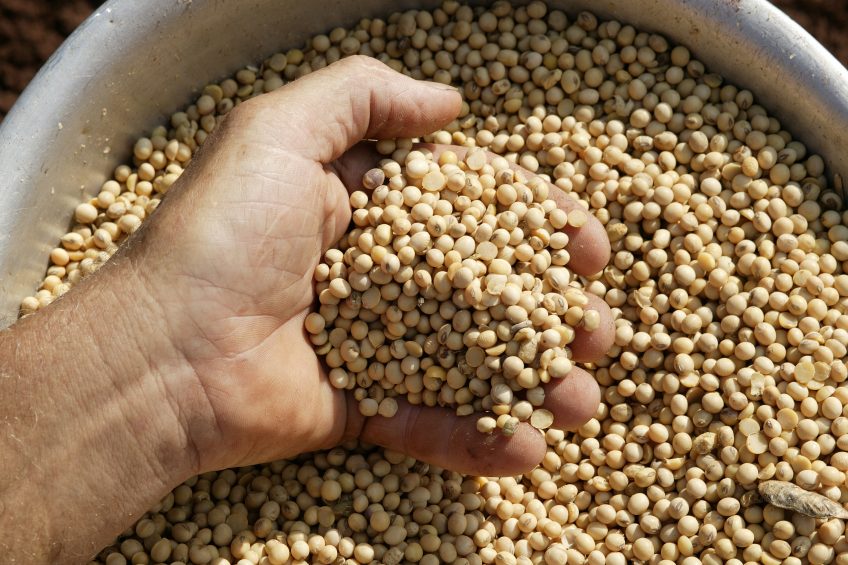Soy tariffs could cut European feed ration cost

A proposal to impose tariffs of 25% on American soya exported to China has the potential to disrupt feed markets across the globe, a leading analyst has warned.
State authorities in China have raised the prospect of raising tariffs on soya – a key agricultural commodity – in retaliation for duties that the US government has imposed on the trade of steel.
If diplomacy cannot convince China to back down, then the new tariffs come into force at the beginning of June.
“A month ago, I would probably have said feed prices would be stable in the short term, a little bit up in the medium term,” Nan-Dirk Mulder, of Rabobank, told the International Egg Commission conference in London.
Free trade
He referenced disputes between Brazil and China, as well as ongoing concern about the state of Nafta (the North American Free Trade Agreement), but said the Chinese proposals to tax soya would have the biggest impact on pricing.
“Two-thirds of all the soy beans traded internationally go in to China. You can imagine that any change in tariffs will have a big impact.”
The US is a major supplier of soy bean to China, and the production of soy is an important part of the economy in agricultural areas that supported Donald Trump in the last election. China’s move to impose tariffs on soya are seen as a way to damage Mr Trump’s standing with rural communities.
Consumers charged
But the measures will also have an impact on Chinese consumers, said Mr Mulder, with the tariffs ultimately likely to lift the price of cooking oil as well as poultrymeat and eggs. The country is only 50% self-sufficient in soya, with only the US and Brazil as suppliers, meaning the tariffs would have a major impact on domestic supply, he explained.
In the US, around 50% of all soya production is exported, with 31% of all soybean production being sold to China. “This will have a big impact on the USA. Domestic soybean prices will fall, which will mean lower feed prices for egg producers.”
“The US sector will look to other markets, like South East Asia, Japan and Europe. These regions will also benefit from lower prices,” said Mr Mulder.
“If it’s going to happen it will have a big impact on markets, and on the egg industry. Feed prices in Europe will probably drop, there will be a big rise in feed costs in Brazil and in Argentina, because they will be the main source for China which will desperately looking for stocks from these countries.”
New norm
Looking at grain markets as a whole, Mr Mulder said a “new norm” of relatively stable prices seemed to have emerged, following the volatility between 2012-2015. Prices are supported by drivers such as biofuel production, but growth in requirements for protein remains a major factor in feed cost inflation, he said.













